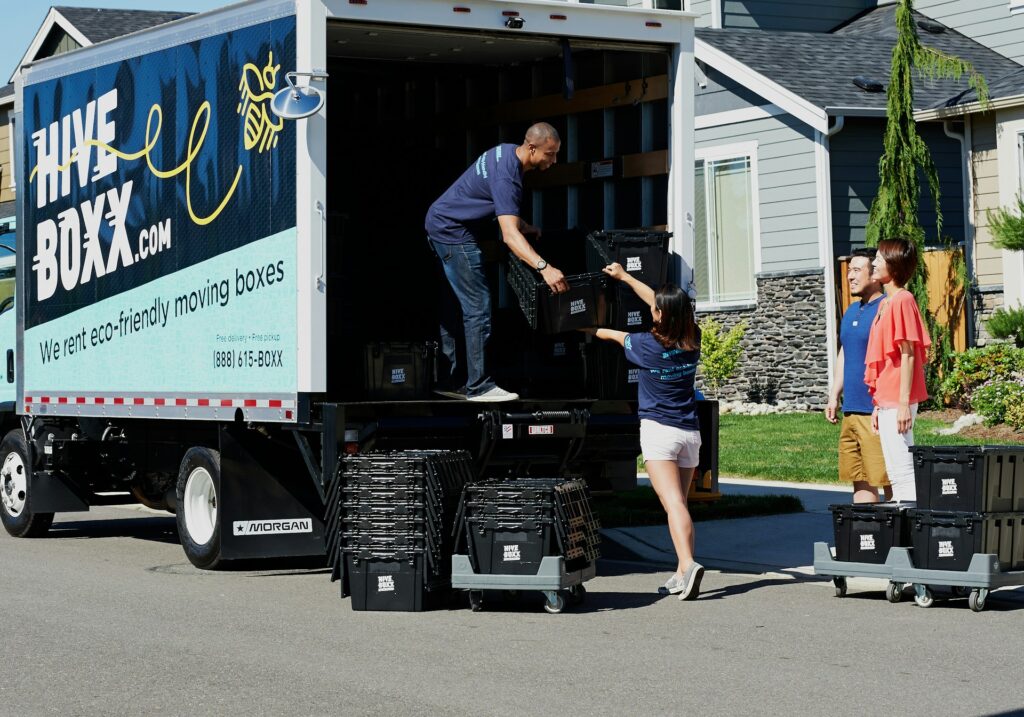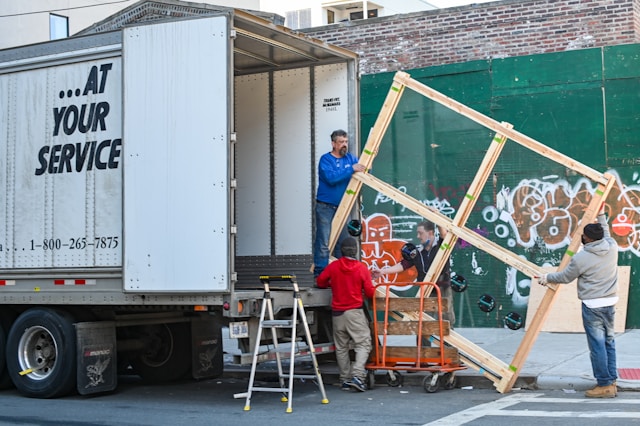
Commercial moving presents unique challenges, especially when it comes to navigating tight spaces and utilizing elevators to transport equipment and furniture. Even the best Atlanta commercial movers will advise that addressing accessibility challenges is crucial to ensuring a smooth and efficient relocation process. This guide explores strategies for overcoming accessibility challenges in commercial moving, focusing on navigating tight spaces and optimizing elevator usage to streamline the move.
Assessing Accessibility Needs
Before the moving process begins, conduct a thorough assessment of the building’s accessibility challenges. Identify narrow corridors, tight stairwells, low ceiling heights, and other obstacles that may impede the movement of equipment and furniture. Assess the availability and capacity of elevators and determine if any specialized equipment or techniques will be needed to overcome accessibility barriers.

Developing a Comprehensive Plan
Develop a comprehensive plan that addresses accessibility challenges and outlines specific strategies for navigating tight spaces and effectively utilizing elevators. Assign responsibilities to team members and communicate roles and expectations clearly to ensure coordination and efficiency during the move. Consider factors such as the size and weight of items, the layout of the building, and the availability of alternative routes or access points.
Utilizing Proper Equipment and Techniques
Select appropriate equipment and techniques to facilitate the movement of items through tight spaces and elevators. Use specialized moving equipment to transport heavy items safely and efficiently. Train staff members on proper lifting techniques and equipment usage to prevent injuries and damage to property. Consider disassembling large or bulky items to facilitate easier transportation through narrow spaces.
Coordinating Elevator Usage
Coordinate elevator usage effectively to optimize the flow of traffic and minimize wait times during the move. Reserve elevators in advance and establish a schedule for transporting items up and down floors to avoid congestion and delays. Prioritize the transportation of essential equipment and furniture items first, followed by less critical items, to ensure efficient use of elevator space.
Implementing Safety Measures
Implement safety measures to mitigate the risks associated with navigating tight spaces and using elevators during the move. Mark pathways and entrances/exits to guide movers and prevent accidents. Use caution signs and barriers to alert employees and building occupants to potential hazards.

Communicating with Building Management
Maintain open communication with building management throughout the moving process to address any accessibility issues or concerns promptly. Inform building management of the relocation schedule, elevator usage requirements, and any special accommodations needed to facilitate the move. Work collaboratively with building staff to resolve any accessibility challenges and ensure a smooth transition for all parties involved.
Conclusion
Addressing accessibility challenges in commercial moving requires careful planning, coordination, and execution. By assessing accessibility needs, developing a comprehensive plan, utilizing proper equipment and techniques, coordinating elevator usage, implementing safety measures, and communicating effectively with building management, businesses can overcome obstacles and streamline the moving process. With proactive measures and attention to detail, businesses can ensure a successful relocation while minimizing disruptions and ensuring the safety of employees and property.
